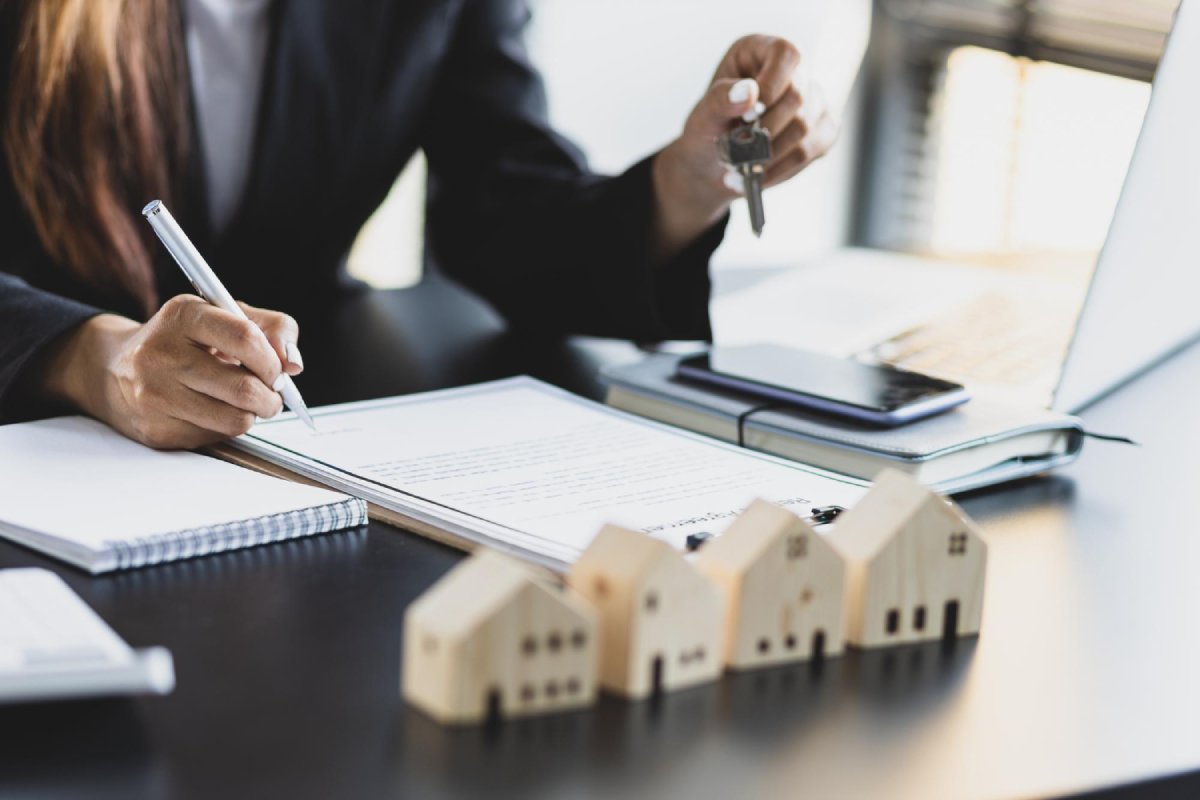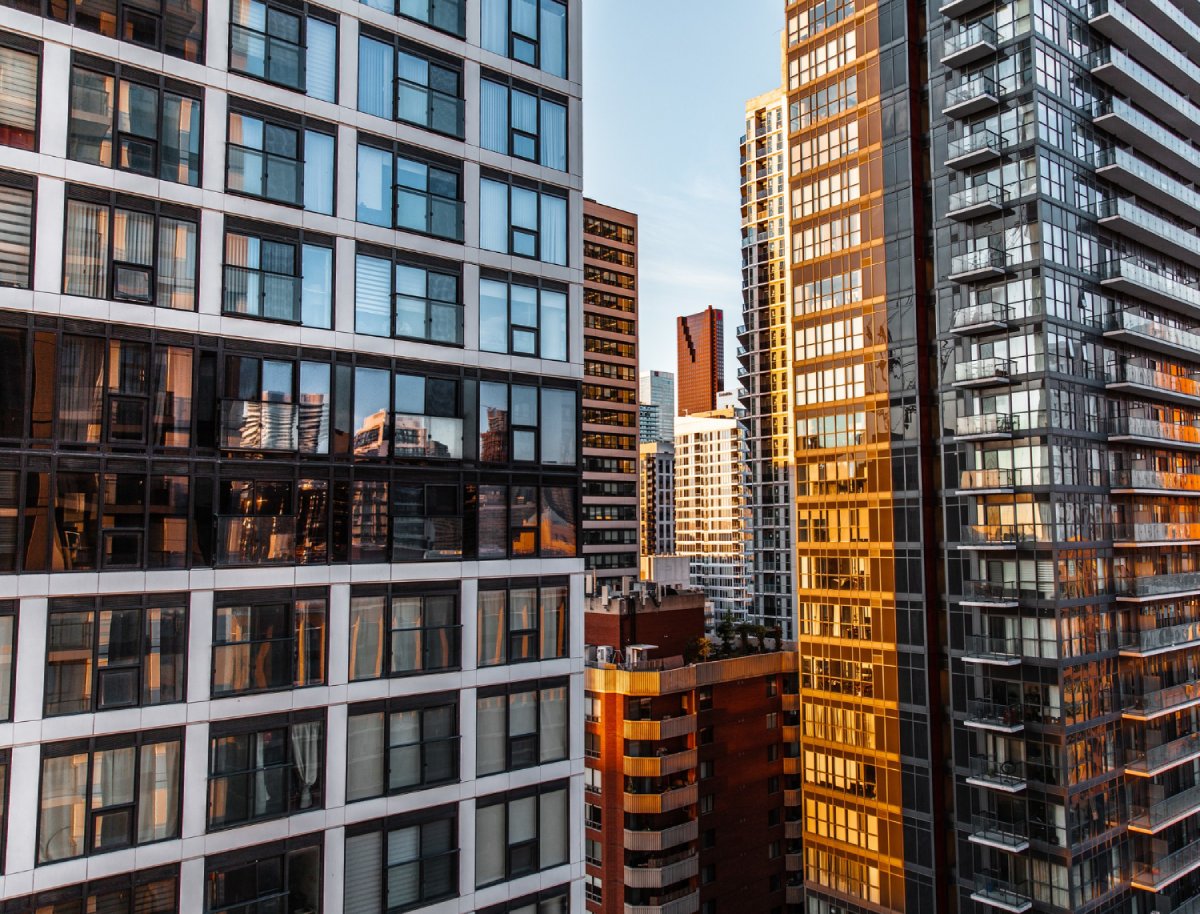Periodic inspections are directly derived from Article 62 of the Building Law Act. A relevant excerpt is provided below:
Art. 62. [Periodic inspections of the technical condition of a building, installations, and pipelines]
- Buildings should be subjected to inspections during their use by the owner or manager as follows:
- Periodic inspections, at least once a year, involving the verification of the technical condition of:
a) building elements, structures, and installations exposed to harmful atmospheric effects and damaging factors present during the use of the building,
b) installations and equipment used for environmental protection,
c) gas installations and chimney systems (smoke, exhaust, and ventilation);
- Periodic inspections, at least once every 5 years, involving the verification of the technical condition and suitability of the building for use, the aesthetics of the building and its surroundings; this inspection should also include the examination of the electrical and lightning protection systems regarding the condition of connections, fixtures, safety devices, and protective measures against electric shocks, the insulation resistance of wires, and grounding of installations and equipment;
- Periodic inspections as mentioned in point 1, at least twice a year, by May 31 and by November 30, in the case of buildings with a building area exceeding 2,000 m² and other structures with a roof area exceeding 1,000 m²;
- Safety inspections of the building whenever circumstances arise as referred to in Article 61 point 2;
4a) In the event of a report by residents of a residential unit located in a building regarding unjustified interference or violations that cause the conditions specified in Article 5 paragraph 2 not to be met for technical or functional reasons;
- (repealed);
- (repealed).
1a. During the inspection mentioned in paragraph 1, the implementation of recommendations from the previous inspection should be verified.
1b. (repealed).
- The obligation of the inspection referred to in paragraph 1 point 1(a) does not apply to owners and managers of:
- single-family residential buildings;
- structures:
a) of agricultural and recreational buildings,
b) listed in Article 29 paragraphs 1 and 2, excluding gas networks;
2a. The inspection referred to in paragraph 1 point 4a must be carried out by the owner or manager within 3 days of receiving the report.
- The building supervision authority, if it finds the technical condition of a building or its part inadequate, which may pose a risk to human life or health, property safety, or the environment, orders the inspection referred to in paragraph 1 and may also request a technical assessment of the building or its part.
- Inspections referred to in paragraph 1, with exceptions mentioned in paragraphs 5-6a, must be carried out by persons holding building qualifications in the relevant specialty.
- Inspections of the technical condition of electrical, lightning protection, and gas installations mentioned in paragraph 1 point 1(c) and point 2 may be carried out by persons holding qualifications required for supervision of the operation of energy and gas equipment, installations, and networks.
- Inspections of the technical condition of chimney systems referred to in paragraph 1 point 1(c) should be carried out by:
- persons holding the qualifications of a master chimney sweep – concerning smoke ducts and gravity-operated exhaust and ventilation ducts;
- persons holding building qualifications in the relevant specialty – concerning chimney systems referred to in point 1, as well as industrial chimneys, free-standing chimneys, and chimneys or chimney systems in which the chimney draft is forced by mechanical devices.
6a. Inspections of the technical condition and safety of dam structures may also be carried out by authorized employees of the state service responsible for dam safety.
- The detailed scope of inspections of certain structures and the obligation to carry them out more frequently than specified in paragraph 1 may be defined in the regulation referred to in Article 7 paragraph 3 point 2.



